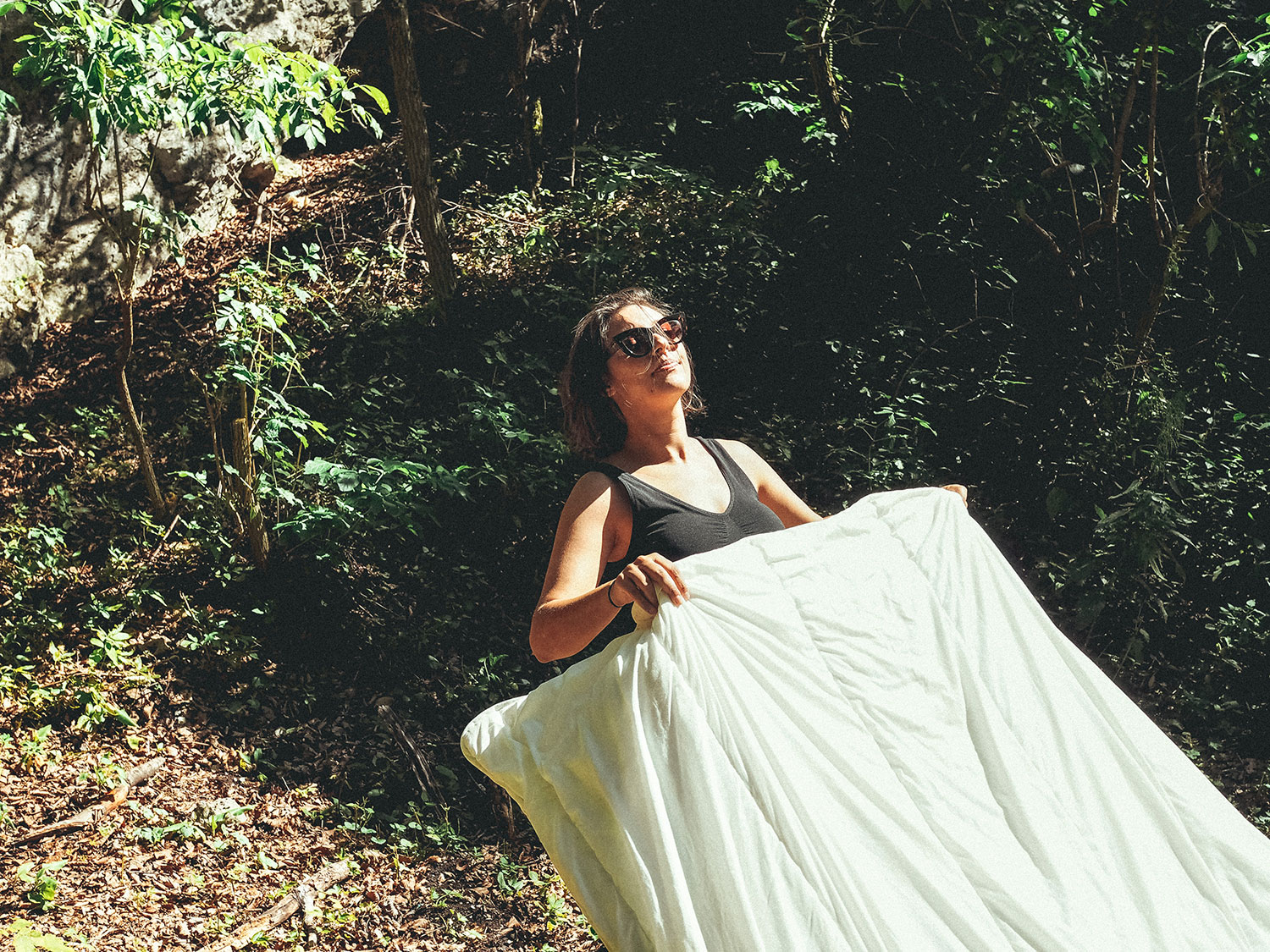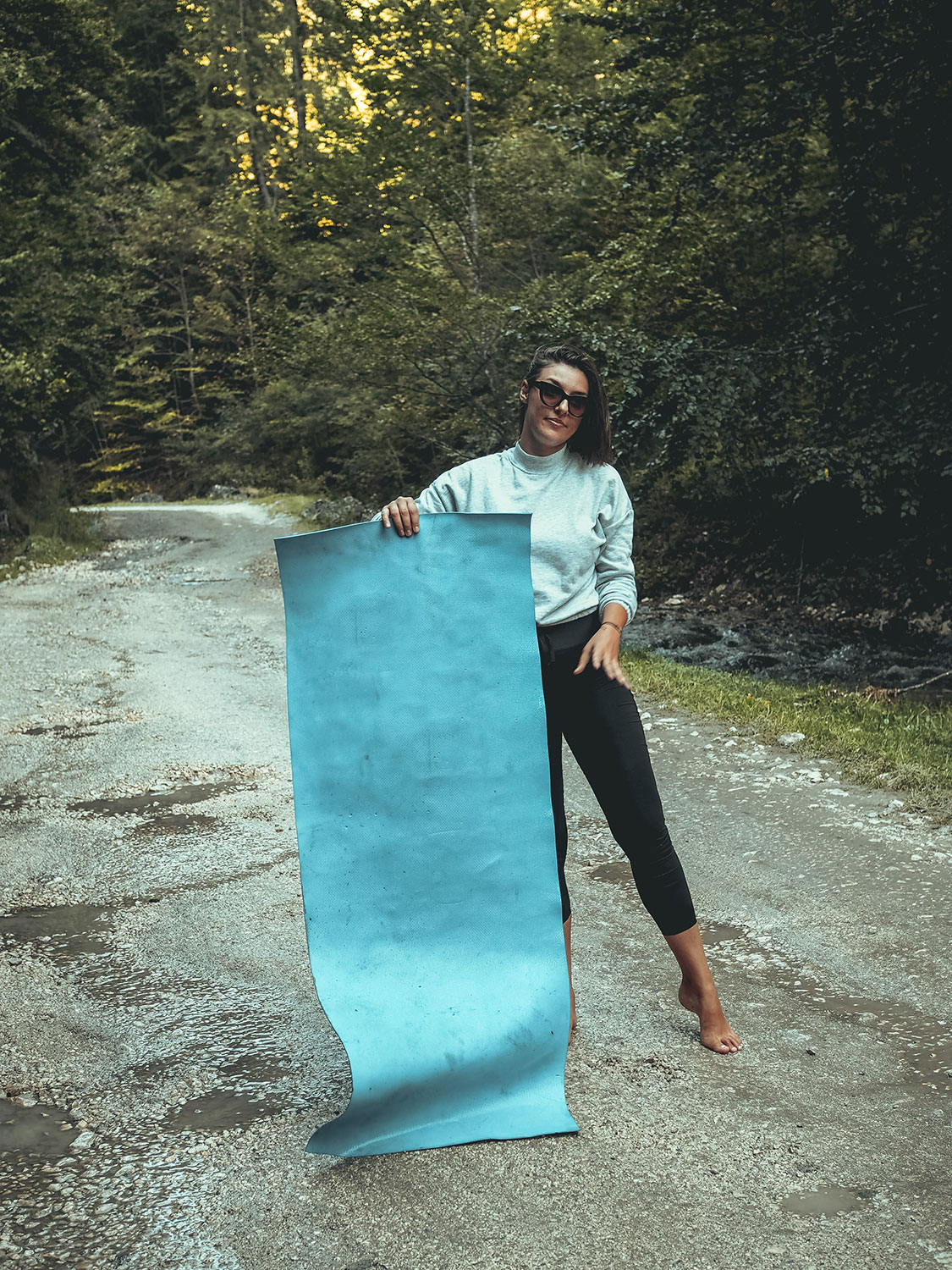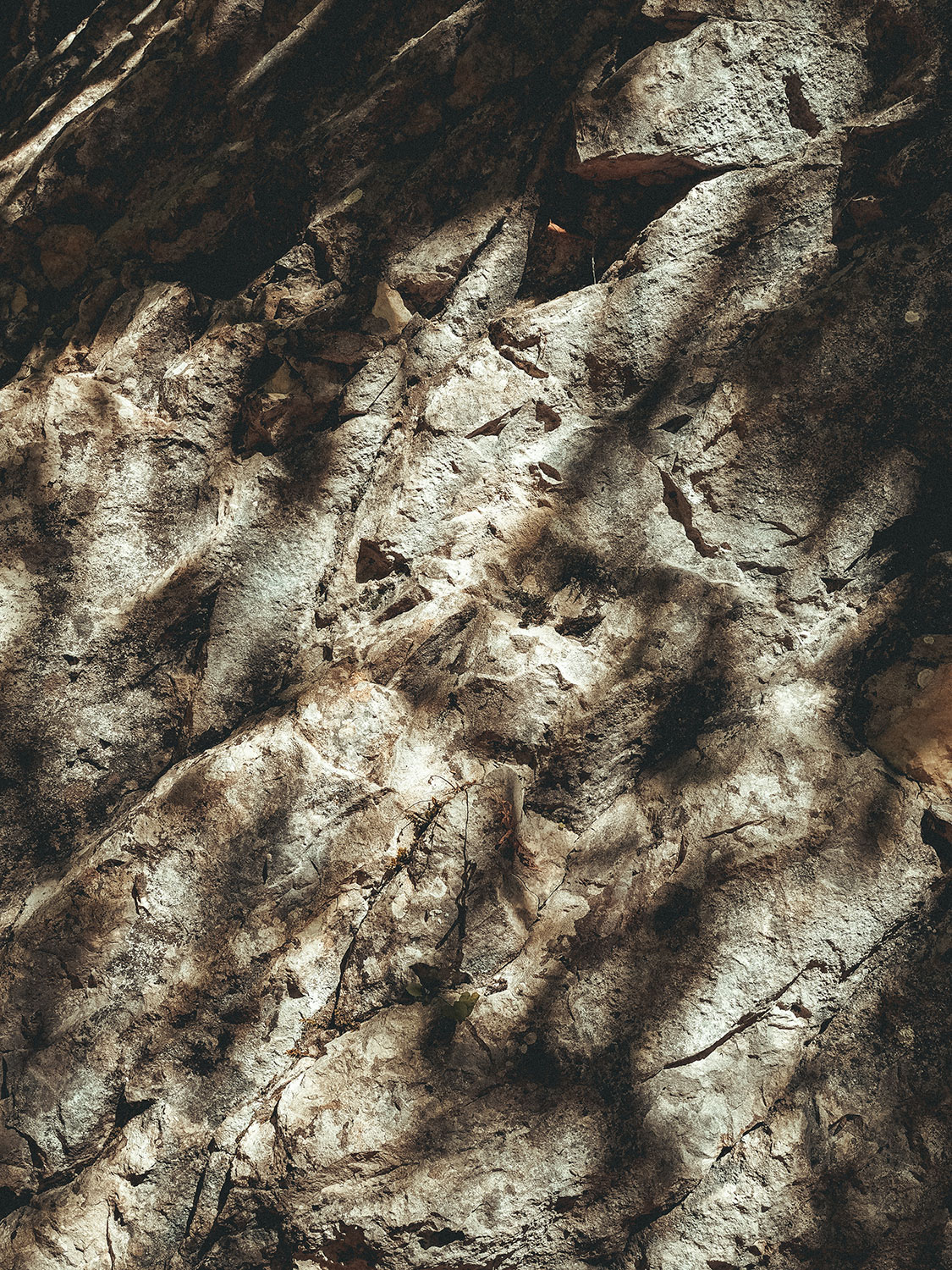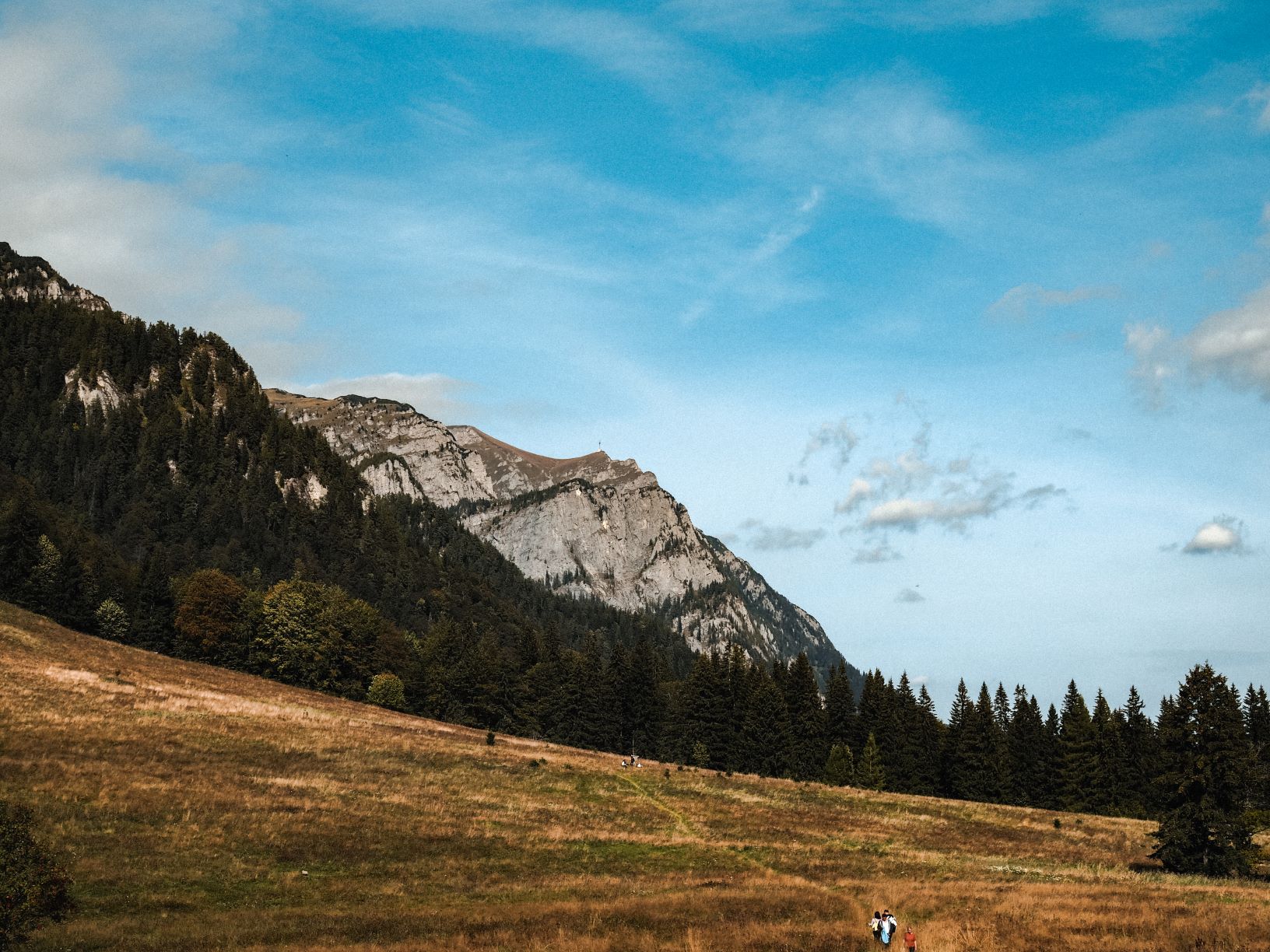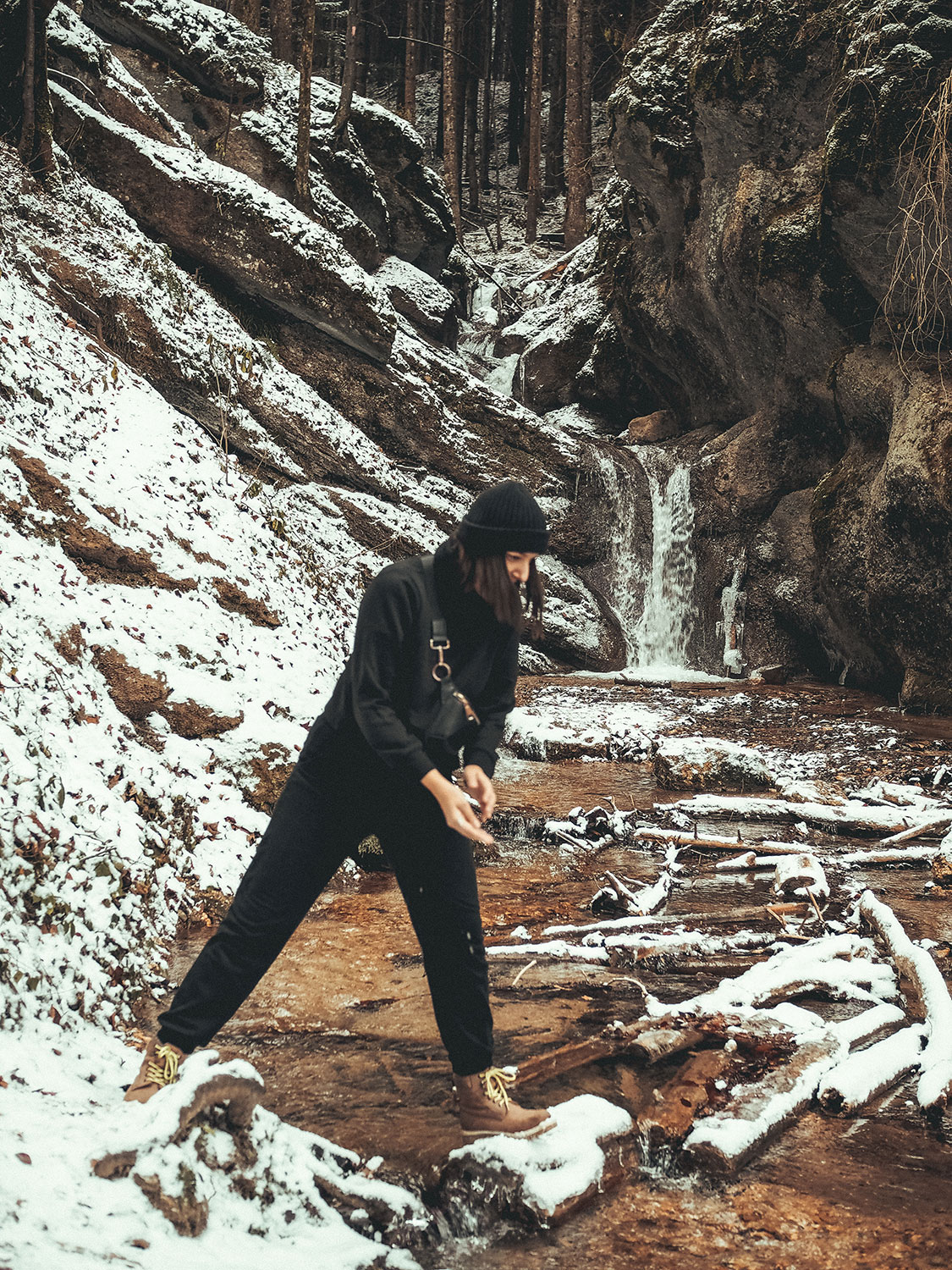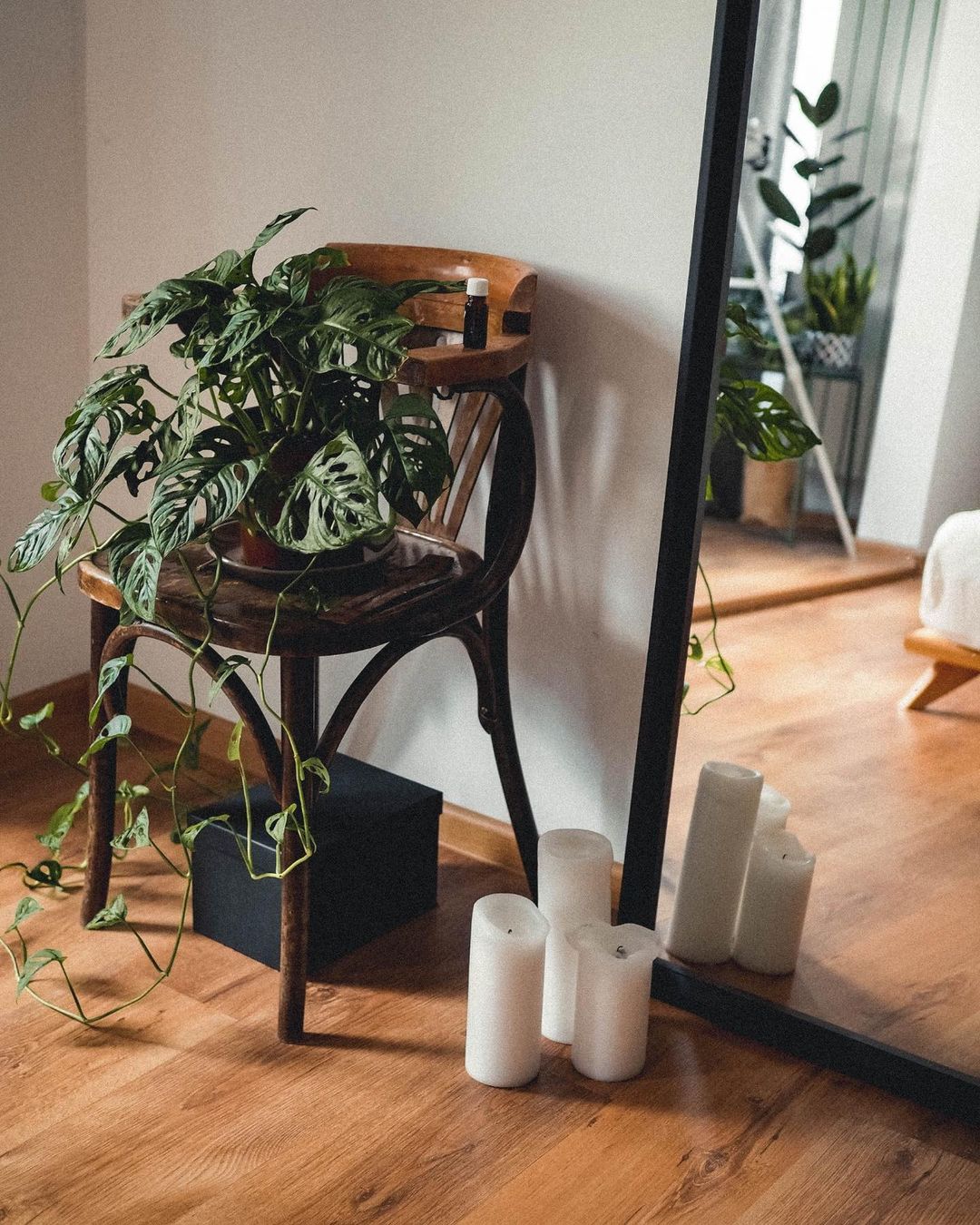Three hikes, Two seasons, One camera
We can all agree that 2020 was a difficult year, with ups and downs and all sorts of lessons, challenges and rediscoveries. But then again, inner strength comes with a lot of hard work behind it and at the end of the day, I am sure we’re all grateful for the little things we have, which are actually, the biggest.
What I consider the most beneficial for this pandemic is the fact that we got to reconnect with our first home, the one that will always have its doors open for us: our beloved nature. I really surprised myself with the amount of time spent outdoors this year and I realised I am not the only one.
The biggest achievement of this year was my first hike, 2000m of raw beauty and a lot of “WOAAs on the way”, which was followed by a couple more in two special seasons, autumn and winter, but I’ve visually documented 3 of them because they were so special and this is my way of showing how I felt being on top of the world.
And what could go better hand in hand with this lifestyle that your passion for photography? That’s right.
Camera behaviour during the trips
I wish I could explain the curiosity and mixed feelings that I was feeling before the first hike back in autumn, but I guess you can compare it to a child’s one when you tell them you have a surprise and they’re going to do something for the first time.
Not to mention I did not sleep that well the night before and I wasn’t 100% in shape. But I fully trust my body and so I did it anyway. One of the best decisions ever, after a couple of hours of climbing and stopping a bit just to take some magical shots, when I reached the top, I definitely felt stronger than I left home. And after I ate something really good, sleepier than I ever been.
The camera behaved excellently the whole time, the only thing you might want to take into consideration is the fact that you will need an extra battery. After one day, you really need to recharge it.
During my hikes in winter, which were amazing and a bit dangerous if you don’t have the right boots, but the white fairytale cannot compare to anything else. I discovered, along with friends, some natural hidden gems that you can only think about. Now, thanks to my trusty sidekick, you can see them too.
It is important where you keep the camera this whole time, on the second hike I kept it in my backpack and the battery sign was indicating low, for sure because of the low temperature and I did not use it at full potential, but on the third one, I definitely kept it in my jacket, and it showed no signs of low battery. Shots came out better than expected and with a little edit, now I even feel like I was in a special, mystical place.
We are so small in the hands of nature.
My cameras and the switch
I made a switch from my old and heavy DSLR companion, the Nikon D40, who was my partner in crime for so long to an Olympus mirrorless camera with a retro design, perfect for all kinds of adventures and I am really surprised by the results. Now I can’t even imagine a road trip without it.
First and foremost, the reason I decided to switch to an Olympus was because of the extra features that it had compared to other mirrorless cameras. I don’t use it only for travel, but also for my artistic projects, and it has extra art filters to boost up my creativity!
What I really love about the Olympus E-PL 8 is the fact that it offers a lot of interesting features of its more expensive relatives, such as the OM-D series, but they are all integrated into a compact camera, with a minimalist design.
What I can mention for starters is the 16MP CMOS sensor with in-body image stabilization, a fast 81-point AF system, and 8 fps continuous shooting.
You can also record videos at 1080/30p with stereo sound and have the light bulb monitoring option included in your compact Olympus, everything on the 3″ LCD that can flip down 180 degrees. Sounds good, right?
The kit came with its original lens, the M.Zuiko 14-42mm EZ, but I was really searching for something that gives the photos a different touch, something extremely natural since I love simplicity and I don’t enjoy over-complicating the photographic and editing process. I apply that to life also, and the best advice I can give to anyone is to keep it simple. It always wins.
Favourite lens: the M.Zuiko 25 mm F1.8
After a series of discussions with my photographer friends, a lot of hours for research and even testing out some accessories, I finally went for this handy and cool lens: the M. Zuiko 25mm F1.8 and I cannot express in words how pleased I am with the decision.
In the process of choosing it, the question that I always had in mind and guided me along the way was: “If my perspective would be a lens, how should it look like?”
The idea was to try and transpose a unique image that was very close to what my eyes were seeing. That softness, that clarity and those colours. And whenever I ask for feedback, even if maybe the photo is rather simple, with fewer elements, people will go over the top saying it looks amazing. Precisely because it’s close to how their eyes are perceiving things around them.
To get to the technical spot of this lens, the M.Zuiko 25mm F1.8 is really lightweight, easy to carry, looks spectacular and it’s perfectly built for the Micro Four Thirds system.
It also has a great optical and AF performance and a part that may or may not be considered a downside is the fact that it’s a prime lens.
From my point of view, that doesn’t represent a problem, for portraits, it’s more than ideal and has the ability to really capture the essence of the person in front of you, and if you are into product photography and fashion, it’s perfect for really showing the beauty of every detail.
If we’re talking about wide angles for landscapes, it can be a bit tricky, but very manageable and easy. You just have to move in order to get as much as you can within your range, even if that means taking a couple of more footsteps in the back or just climbing a hill to get a full view.
Tips and tricks
In my opinion, natural light is extremely important for any type of photography.
After that, of course, you can have multiple variables such as type of camera, angle of view, specific decorations and so on.
A couple of things that I highly recommend:
1/ Check the best corners for natural light
During one of those lazy weekend days, pay attention to the hours the natural light gets in your room, check out in which room and what decorations you have over there. You can make your own little studio at home without anything more than natural light, some beautiful plants and a camera. Voilà!
2/ Little things that make the difference
Plants are always the perfect option when you want to create minimalist, but expressive photos. You can use the leaves, the whole plant and the greener the situation gets, the better. Check inspirational pages, if you don’t believe me: they all have at least one plant in the photo.
If you are photographing products, an easy and cost-effective solution is to buy some coloured paper from your local store and just mix and match. The results are going to be surprisingly on point, I promise.
3/ Find your style
Even if you are photographing landscapes, people, or products, you might want to add your signature to any of the photos you create. You can do this either through editing – like creating your own pack of presets and using them depending on the type of photography or maybe directly from your style: using similar objects, having a lifestyle concentrating on a specific niche, etc.
4/ Feel the fear and do it anyway
Last, but not least, I encourage everyone to pursue their ambition, passion, whatever that might be.
In this specific article, we’re talking exclusively about photography and I know how hard it is to be afraid of people’s reaction, I know how hard it is to find the perfect editing for you, I know how hard it is to make it in a world where there is competition. But the only competition that needs to be seen as evolution, in fact, is with yourself and what you want to show to the world.
It is your unique vision that needs to be seen by the ones that are rather admirers than creators, and they need art. Do it for the world by doing it for your true self. Nothing can stop you.
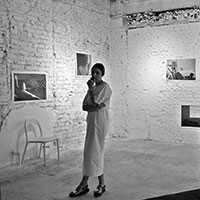
Irina Kaelin is a restless creator. Her inspiration comes from a permanent introspection, psychological analysis, together with people’s stories, empathy towards their feelings, but also travelling and discovering new cultures and behaviors.
She was involved in the creation of various projects working as a model, photographer, painter and creative director.
She discovered photography when she was only 16 and won first and second place during photography contests, had her own exhibition, and her ideas were used in multiple online&offline campaigns by various brands.
Favorite quote: “To live a creative life, we must lose our fear of being wrong.”


